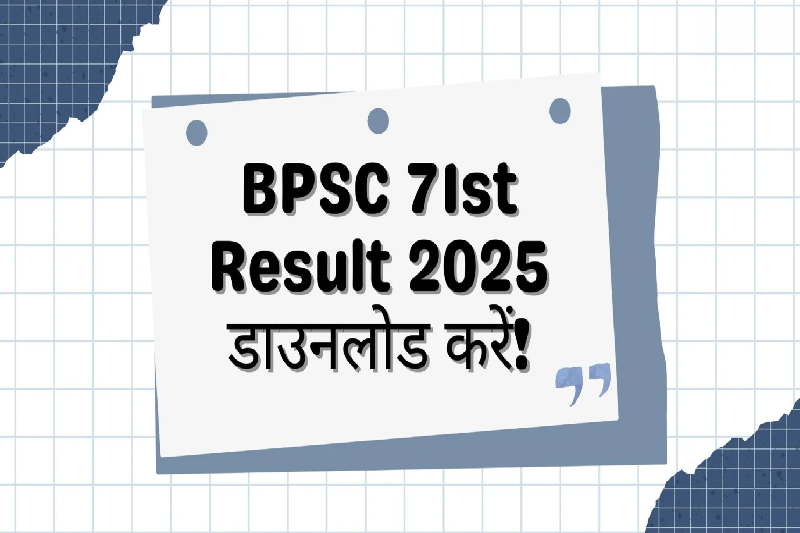
No Benefits, No Stability: Why Canada is Losing Indian Students and Workers
Once considered the most sought-after destination for Indian students, Canada is witnessing a steep decline in international arrivals. Stricter immigration rules, rising costs, and uncertainty around permanent residency (PR) have drastically altered its appeal. Between June 2024 and June 2025, study permits for Indian students fell by a staggering 62%, dropping from 11,287 to just 4,185. Work permits also declined sharply by nearly 12,000 in the same period. The trend reflects Ottawa’s tighter policies and the growing anxiety among families questioning whether Canada remains a viable long-term choice.
Declining Numbers: The Harsh Statistics
According to official data from Immigration, Refugees and Citizenship Canada (IRCC), the country welcomed 2,14,520 fewer arrivals (students and workers combined) between January and June 2025 compared to the same period in 2024.
- Study permits: 88,617 fewer students arrived.
- Work permits: 125,903 fewer workers entered Canada.
This decline highlights the Canadian government’s attempt to “reset” the immigration system, balancing demand against stretched housing, healthcare, and education services.
Stricter Rules Squeeze Students
A significant factor behind the drop is Ottawa’s stricter visa requirements. The financial eligibility requirement for study permits was doubled, pushing proof-of-funds from CAD 10,000 to over CAD 20,000. Additional measures include:
- A cap on study permits to control inflows.
- Verification of acceptance letters and admission documents to prevent fraud.
- Stricter scrutiny of institutions admitting international students.
For many Indian middle-income families, this steep financial bar has created what experts describe as a “psychological barrier.” Ritika Gupta, CEO of AAera Consultants, noted, “Families in the middle-income range are second-guessing whether it is even worth the investment.”
Impact on Canada’s Economy and Education Sector
International students contribute an estimated $16.4 billion annually to the Canadian economy. With numbers falling, colleges are already reporting revenue losses.
- Part-time jobs and gig work, often filled by international students, are now harder to staff.
- Teaching and support staff shortages are emerging, particularly in special needs education.
- Universities face declining enrolments, creating pressure on their budgets and ability to fund research.
Stories of Struggles: Workers in Limbo
Behind these statistics lie personal struggles. A 41-year-old teacher from Delhi, living in Canada with permanent residency since 2019, described her ordeal after being laid off during pregnancy. Despite her qualifications, she has only been able to secure temporary, unstable teaching roles. Schools, she explained, are deliberately splitting full-time roles into part-time shifts to avoid paying benefits.
Special needs education has taken a significant hit as the supply of Educational Assistants dwindles. Many students with dyslexia and other learning difficulties are left unsupported, forcing teachers to lower academic standards to accommodate them.
A flight instructor from India who arrived in 2019 also finds herself stuck. Once, a clear pathway to permanent residency through aviation training existed, but Ottawa discontinued the Transport category in 2023. With less than a year left on her work permit and an insufficient CRS score for PR, she faces an uncertain future.
Students Speak: Divided Opinions
Not all students share a bleak outlook. Sainee Shankar, who is pursuing Global Business Management at Humber College, remains optimistic. Her programme includes co-operative education, allowing her to blend academics with paid work placements, which she believes will ease her transition into the workforce.
However, she highlighted challenges beyond academics, recalling a privacy violation by a landlord who monitored tenants through cameras — an example of how some students face additional pressures outside classrooms.
Families Face Difficult Choices
For aspirants, the Canadian dream now comes at a high cost. Families are forced to:
- Take larger loans or front-load bank debts.
- Show higher collateral, increasing financial risk.
- Opt for cheaper two-year diploma programmes instead of full-fledged degrees.
Consultants note that many families are also looking beyond Canada. With rising costs and uncertain PR outcomes, destinations such as Germany, Ireland, Finland, and France are becoming attractive alternatives.
Shrinking PR Pathways
Canada’s Provincial Nominee Programs (PNPs) have also become more restrictive. In 2024, Prince Edward Island cut nominations by 25%, signaling fewer PR opportunities. Families increasingly worry whether years of financial and emotional investment will lead to permanent settlement.
Industry observers suggest Canada is still appealing for master’s and PhD students, but interest among diploma seekers and middle-income families has cooled sharply.
Alternatives to Canada: Europe and the UAE Step In
As Canada tightens its stance, other countries are stepping up.
- Germany leads Indian interest in Europe, attracting 32.6% of students considering European destinations.
- Ireland, Finland, and France are gaining popularity due to lower proof-of-funds requirements and affordable living costs.
- France, in particular, aims to host 30,000 Indian students by 2030. It offers foundation courses, intensive French language training, and five-year Schengen visas for alumni.
- The UAE has emerged as a central hub, with Indian students comprising 42% of its international student population.
Conclusion: A More Cautious Outlook
While Canada still holds a reputation for quality education and a large Indian community, families are becoming increasingly cautious. Rising costs, uncertainty around PR, and strained provincial services have eroded the once-clear path to stability. Students are now keeping a “Plan B,” exploring opportunities in Europe, the UK, Australia, or the Gulf.
Once seen as a safe bet, the Canadian education system is now being weighed against its risks. As one consultant put it, the return on investment is being questioned more sharply than ever.



